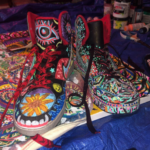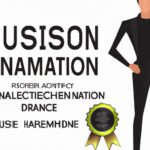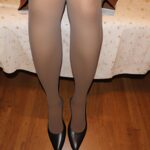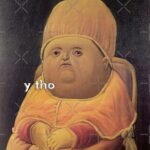Men's Style in the 1920s: Suits, Sportswear, and the Rise of Modern Dressing
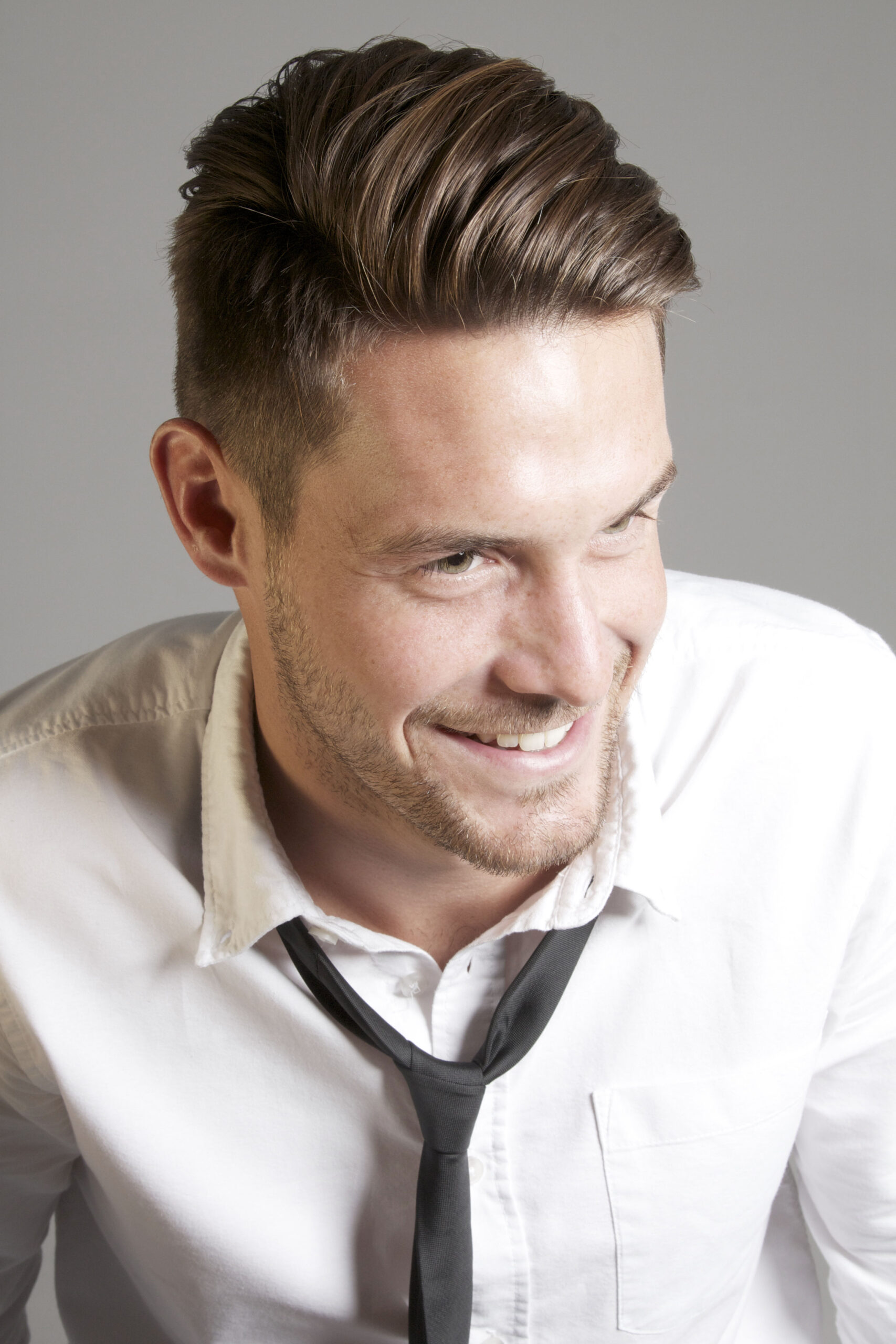
Overview: What Defined Men’s Fashion in the 1920s
Men’s fashion in the 1920s balanced tradition with modern ease. Shorter suit jackets, higher-waisted trousers, wider lapels by mid-decade, and popular evening tuxedos replaced older formal tailcoats. Daywear diversified with sweaters, knickers, and sport-inspired pieces, while formal morning suits remained for daytime ceremonies. These changes reflected post-World War I practicality and a growing appetite for comfort and versatility [1] .
Silhouettes and Tailoring: The Shift from Military Influence to Relaxed Elegance
Early in the decade, jackets sat high at the waist, often belted, with narrow lapels buttoned high-an echo of wartime uniform lines. Trousers were narrow, straight, and worn slightly short so socks showed; cuffs began to appear during this time. By the mid-1920s, the look loosened: wider trousers known as Oxford bags entered wardrobes, lapels broadened (often peaked), sleeves lost their taper, and double-breasted vests became fashionable later in the decade. For evening, the short tuxedo increasingly displaced the tailcoat, viewed as old-fashioned. This evolution captured a decade-long shift from rigidity to a more relaxed yet still tailored approach [1] .
In practical terms, this silhouette meant a comfortable, slightly draped jacket paired with higher-rise trousers that lengthened the leg line. Cuffs and front creases added visual structure. For many men, the three-piece suit remained the backbone of their wardrobe, but the fit moved away from the stiff severity of the 1910s and toward softer construction, allowing freedom of movement without sacrificing polish [1] .
Daywear Essentials: Business, Casual, and Sportswear
Across classes, suits were standard: the upper class favored the finest cloth and tailoring, the middle class opted for similar looks at lower cost, and working men wore durable, practical garments suited to their trades. Summer suits in white linen or seersucker offered breathable options, while jackets typically featured three to four buttons fastening to mid-chest and long enough to reach the upper thigh. Suit pants sat high on the waist, often held up with suspenders, featuring flat fronts, center creases, and cuffs; belts appeared but were less common. Accessories such as striped or dotted ties, bow ties, pocket squares, and occasional collar pins completed the look. In cooler months, wool topcoats provided warmth without compromising formality [2] .

Source: korenqbrandise.pages.dev
Beyond the office, sport clothes proliferated. Men embraced sweaters and short trousers (knickers) for leisure, signaling a broader cultural embrace of recreation. This casual turn coexisted with tradition: morning suits remained appropriate for formal daytime events. Evenings, however, increasingly favored the tuxedo over the tailcoat, reflecting the era’s preference for modernity and understated glamour [1] .
Eveningwear and Formal Codes: From Tailcoats to Tuxedos
By the late 1920s, the tuxedo was the evening standard for many social occasions, edging out the tailcoat, which acquired a reputation for snobbery and antiquation. The switch simplified dressing while preserving ceremony-think black or midnight blue dinner jackets, starched shirts, and bow ties. For daytime formality-weddings, official functions-the morning suit continued to set the tone: cutaway coat, waistcoat, and striped trousers. This bifurcation of dress codes-morning for day, tuxedo for night-helped men navigate an expanding social calendar with clear, modern rules [1] .
Culture and Influence: Class, Media, and the Myth of the Gangster
Fashion reflected economic and social realities. While all classes wore suits, quality and finishing varied by means, demonstrating how the decade democratized style without erasing status. Popular media and urban nightlife put a spotlight on sleek tailoring and eye-catching accessories. Notorious bootleggers and gangsters also wore three-piece suits; their appearance depended more on wealth than occupation. Some well-off figures affected old-money flourishes such as white spats and walking canes or umbrellas, while lower-level enforcers typically wore mismatched or second-hand suits with poorer fit-an accessible illustration of how resources shaped style within the same subculture [2] .
How to Recreate 1920s Men’s Fashion Today
Whether you’re building an event outfit or curating a capsule, you can assemble an authentic 1920s look by following a step-by-step approach. Because availability and pricing vary, consider these as adaptable guidelines you can implement through general retailers, vintage shops, or reputable rental services.
Step 1: Choose the Right Suit Silhouette
Start with a three-piece suit. Look for a jacket with a slightly higher button stance and a comfortable-not boxy-fit. Trousers should be high-rise with room through the leg and cuffs. If you want mid-to-late-1920s flair, consider wider-leg trousers that echo Oxford bags without going costume-level wide. This approach mirrors the shift from narrow early-’20s pants to roomier mid-decade styles [1] .
Challenges and solutions: Modern suits are often lower-rise and slim-fit. You can address this by sizing up in the trousers, working with a skilled alterations tailor to raise the hem with cuffs, and adding suspenders to ensure a proper drape. As an alternative, look for heritage-inspired lines or made-to-measure options that offer higher rises.
Step 2: Select Seasonally Appropriate Fabrics
For warm weather, choose linen or seersucker to channel period-correct summer tailoring; in cool seasons, opt for wool flannel or tweed. These fabrics help achieve the weight and texture that defined the era’s suits and outerwear. Suspenders and a waistcoat stabilize the fit, especially with lighter fabrics that can stretch or wrinkle more easily [2] .
Alternatives: If pure linen feels too rumpled, a linen-blend can offer a more resilient hand. For office-appropriate interpretations, midweight wool with a subtle twill can read classic without looking theatrical.
Step 3: Shirts, Collars, and Neckwear
Pick a collared dress shirt. Period-accurate looks used detachable collars in some cases, but you can approximate the effect with a firm spread or club collar. Add a necktie or bow tie with bold stripes, dots, or small motifs; coordinate a pocket square for visual interest. A collar pin under the tie can add a crisp, lifted knot reminiscent of period practice [2] .
Implementation tips: If you lack a collar pin, a tie bar placed discretely below the knot is a modern compromise. Aim for slightly shorter tie lengths to suit higher-rise trousers, keeping the blade from extending far below the waistband.
Step 4: Outerwear and Layering
Invest in a wool topcoat for cooler months. A single-breasted coat with a clean shoulder and notch or peak lapels complements the broader lapels of late-’20s suits while maintaining a streamlined profile. Choose colors like navy, charcoal, or camel to ensure versatility with both business and eveningwear [2] .
Alternative pathways: For daytime formality, a morning coat ensemble may be rented from formalwear specialists; for most modern events, a well-fitted tuxedo will be more practical and in the spirit of late-1920s evening norms [1] .
Step 5: Casual and Sportswear Options
To reflect the era’s leisure turn, incorporate a fine-gauge sweater over a collared shirt and consider knickerbockers for themed events. In everyday wear, you can approximate the silhouette with cuffed chinos and a merino sweater to evoke the period without strict reenactment. This sportswear thread is historically grounded in the decade’s increased adoption of sweaters and knickers for off-duty activities [1] .
Step 6: Footwear and Accessories
Round out the look with oxford or derby shoes in brown or black; for an elevated touch, consider two-tone spectators when occasion-appropriate. Pocket squares, leather gloves, and, for period drama, white spats for formal settings can all communicate era cues. Keep in mind that extravagant accessories skew more costume; many men expressed style through subtle fabric choices and neat finishing rather than flamboyance. Gangster-associated items like canes or spats were markers of wealth and taste rather than occupation and are best used sparingly for modern wear [2] .
Troubleshooting Fit and Authenticity
Common challenges include finding high-rise trousers, achieving the right jacket length, and avoiding ultra-slim lapels. Solutions involve seeking heritage-inspired brands, exploring vintage or reproduction retailers, and budgeting for alterations. When in doubt, prioritize silhouette: higher rise, cuffed hems, and balanced lapels will read more authentic than any single accessory. If you cannot source exact pieces, you can approximate with contemporary items-e.g., pleated, straight-leg trousers hemmed with cuffs and worn with suspenders-to capture the period’s proportions [1] [2] .
When to Wear Which Look
For business or smart events, a three-piece suit with a patterned tie and pocket square aligns with 1920s norms. For daytime ceremonies, a morning suit is historically accurate but may be impractical; a charcoal suit with a waistcoat offers a respectful nod. For evening, a tuxedo channels late-1920s taste more than a tailcoat, which had fallen out of favor socially. Casual gatherings can lean into knitwear and sport influences for a comfortable, period-correct nod without strict formality [1] .
Key Takeaways for an Authentic 1920s Wardrobe
Focus on these hallmarks: short suit jackets with higher button stance; high-rise, cuffed trousers with front creases; broader lapels by mid-to-late decade; three-piece suits as a base; tuxedos for evening; sweaters and knickers as leisurewear; and accessories like patterned ties, pocket squares, and suspenders. Use measured steps, rely on tailoring, and adapt choices to modern availability to achieve the balance of comfort and polish that defined the era [1] [2] .
References
[1] Wikipedia (n.d.). 1920s in Western fashion – Men’s wear overview and trends.

Source: kansascityliposuction.com

